antoine-de-sade
103 posts
Studyblr Hi, I am Rowan. I am studying language and translation at uni (first year). As of now the languages I'm studying are english, german and chinese. Italian is my mothertongue.
Don't wanna be here? Send us removal request.
Text
After the arrests last year of danmei authors who published their works on the Taiwanese website Haitang, the authorities have allegedly arrested another 200-300 authors, many of whom took to weibo to share their experiences recently.
What struck me is how the authors always blamed themselves for not being cautious enough or being led astray by their financial needs, but nobody put the blame on the unjust rules and the greed of the authorities that led to their arrests - not that they would dare to. It's an utterly bizarre situation that, as a new danmei English license seems to be announced once every few days here on the other side of China's Great Firewall, within China the persecution keeps getting more rampant and the danmei community feels more and more cornered and frightened. Reality is always more surreal than fiction.
I translated some of the author's weibo posts, please see below:
“I knew I was being naïve and over-optimistic (about the repercussions of writing danmei), so I can’t blame anyone. Sometimes I want to resent society but then I’ll give up the thought. As for the criminal punishment, my view on it is still the same - I even feel that I’m different from those who engage in prostitution; after all, I made all this money by typing my stories word by word. Yet when I got into trouble, people talked about it as if I didn’t have to work for my income.” - This is from an author who wrote danmei because her family’s poor and she wanted to save money to travel. She got into a master’s programme before this and the programme kicked her out because of her arrest.
“Ever since I was little, I’ve always been the well-behaved golden child in my parents’ eyes. I had the best grades among my peers and won scholarships in both high school and university. When we visited family during New Year and other festivals, my parents were always proud of me in front of our relatives. But that day I shamed them thoroughly and the shame will always stick around...I love the characters I wrote very much, planning and creating their stores always brought me so much happiness and fulfillment. But a mistake is a mistake. I want to use my personal experience to admonish others - don’t try to go against the regulations in any way ever, don’t put yourself in the slightest bit of risk.”
“I’ve never felt this horrible in my entire life. I’ve always firmly believed that nobody in this world could be that bad. My rose-tinted glasses were broken along with my romantic expectations for the world. My values and outlook on life were shattered. When something like this happens, perhaps only the family of the author involved and the author herself would be hurt deeply! It’s just business for everyone else!”
This one’s written by the author’s sibling: “Another sleepless night. Tomorrow is the Dragon Boat Festival, and it’s been three festivals since we could be together...I’ve felt remorseful for countless times that I didn’t contact more people and I felt that I haven’t done enough. I prayed to the gods and the Buddha for more times in the past two months than in the past 30 years. Besides asking for the Heaven’s protection and blessing, what else can we do?...You supported yourself financially during university solely by doing part-time jobs. We’ve always put too much importance on money, and that’s how we allowed you to make a mistake.”
(link to the original weibo posts: https://x.com/whyyoutouzhele/status/1928763362541818266)
997 notes
·
View notes
Text



Caihua 彩画 "colour painting" is the traditional Chinese decorative painting used for architecture and one of the most notable and important features of historical Chinese architecture. Caihua served not only as decoration but also protection of the predominantly wooden architecture from various seasonal elements and hid the imperfections of the wood itself.
The use of different colours or paintings would be according to the particular local regional customs, as well as historical periods. The choice of colours and symbology are based on traditional Chinese philosophies like the Five Elements.



One of the most common types is Hexi Caihua 和玺彩画 “Hexi painting” or “Imperial-style decorative painting” which is the royal variation of Caihua. Historically used only on the most important buildings in Chinese palaces.
304 notes
·
View notes
Text
How to make a simple peach wood sword (桃木剑, Táomù jiàn) In Chinese folklore, peach wood (桃木taomu) is believed to have potent spirit-repelling properties. Traditionally used in Daoist rituals, peach wood swords are symbols of protection, hung by doors to ward off evil, or wielded by priests to expel ghosts. The practice dates back to myths like the "Peach Wood Guardian" (桃符taofu) and is tied to the god-catching deity Zhong Kui. The red color pigment is cinnabar with rooster blood added into it, which also has a powerful effect in warding off evil spirits. If someone frequently experience sleep paralysis (鬼压床 guiyachuang, lit ghost pressing the bed) or nightmares, some masters may advise them to hang a peach wood sword (táomù jiàn) in the bedroom as a solution.
873 notes
·
View notes
Text

Canopy bed with alcove, crafted from wood, originating from China during the Ming dynasty, 16th century.
6K notes
·
View notes
Text
A woman performing as a 天女 tiannü (celestial maiden) during events for the Luoyang Peony Cultural Festival, an annual spring festival celebrating history and folk customs related to the flower blooming season.
天女散花, "tiannü scattering flowers" is an idiom used often to describe things being poured, heavy snow, etc, and comes from a Buddhist tale of a tiannü who sprinkled flowers over a bodhisattva and disciple to test them, with the flowers only falling over the bodhisattva's body.
2K notes
·
View notes
Text




Tian Shan 天山 (also known as Tengri Tagh or Tengir-Too) is a large system of mountain ranges in Western China and Central Asia (Kyrgyzstan, Kazakhstan, Uzbekistan, and Tajikistan)
Tian Shan is considered sacred in Tengrism, a religion originating in the Eurasian steppes. It was the prevailing religion of ancient nomadic groups like the Göktürks, Xianbei, Xiongnu, Mongolic peoples, and the Huns. As well as the state religion of several medieval states, such as the Turkic Khaganates and the Mongol Empire.
In Chinese mythology, it’s believed that Chinese gods dwell above Tian Shan when on heaven, and in Tian Shan when on earth.
410 notes
·
View notes
Note
do you have any idea when people in china stopped bowing to each other as a greeting? it seems like the most common forms of greeting now is to shake hands or wave both which were introduced from the west. it's the same in taiwan too.
Tldr: It never stopped because Chinese people never had the practice of bowing in greeting the way that Japanese people did/do.
-
(Note: there are types of greetings that involve a sort of bowing (ketou), but this is reserved for special occasions)
Back in the day there was greetings were made by clasping one's hands in front of them in the direction of the person being greeted. There might be some head lowering/slight bowing involved but it's done in conjunction with the hand greeting. You can see various forms of this in historical dramas and even hanfu shows and shortform videos. The exact way one held their hands changed in some years but the general idea is the same.
Women's and men's hand greetings differed back in the day. A women's greeting was called 万福礼 wànfùlǐ and consisted of holding the hands in front of oneself and bending the legs, or holding hands at the hip, etc. The exact way to hold the hands also changes through the years. Women also do what is called 肃拜 sù bài, which is an earlier form of a women's greeting and includes getting on one's knees (thus the 拜).
Some examples of greetings:
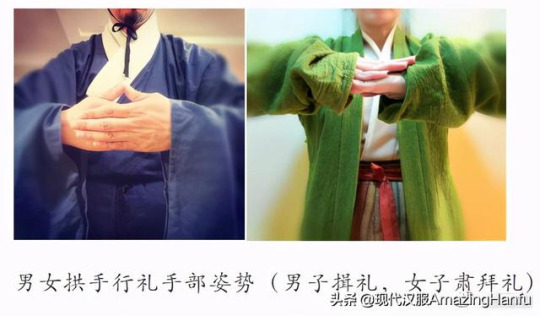
Men's vs women's hand positions



拱手礼 gōngshǒu lǐ ("cupped hands greeting"). The most common greeting. Top photo shows the gendered difference for proper etiquette for nowadays if you ware going to do it, for example, as a new year's greeting. Bottom photos: I think if you look carefully in modern society, you can still see examples of this greeting in China. It is a gesture that can also be used to expresses one's gratitude. It is still there, it's just fell out of vogue in favor for waving and hand shaking.
This can also be seen in The video above shows Ming era 万福礼 as well as men's 揖礼. 作揖礼 zuòyī lǐ ("bow with clasped hand greeting") is kind of the same thing as 拱手礼, but 作揖 specifically includes a slight bow whereas 拱手礼 is merely the raising of the hands.
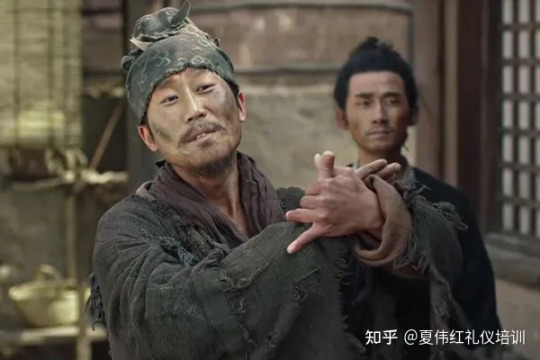
叉手礼 chāshǒu lǐ ("crossed hands greeting") popularised during the Western Jin - Song dynasties, seen in the drama "The Longest Day in Chang'an", which takes place in the Tang Dynasty. This particular greeting started out as one used by Buddhists in the Eastern Han dynasty. https://zhuanlan.zhihu.com/p/489897518

抱拳礼 bàoquán lǐ ("cupped fist greeting"). This one is something done more so by martial artists. For men, you use your left hand to cover your right hand. For women, the opposite is true. It is also called 吉拜 jíbài when showing respect. If you flip your hand (keep in mind men/women do this the opposite way), it is called 凶拜 xiōngbài and it used to show respect to the dead. So one has to pay attention to this.
There's kind of a lot more etiquette rules you could get into but this answer has already sort of gone beyond the scope of your question lol. Chinese people wrote rites books over the many dynasties so actually there are descriptions of how these greetings were done and over time and that's how they are replicated in dramas and movies.
1K notes
·
View notes
Text
Yunnan Dage (打歌, Dǎgē) is a vibrant, spontaneous folk dance from Yunnan Province. Known for its infectious energy and simplicity, it’s a dance of celebration, no formal training needed, just a love for rhythm and community. Anywhere, Anytime: Dage breaks out at festivals, weddings, village squares, or even impromptu gatherings. All it takes is a catchy tune and a few eager dancers to start a circle. Everyone’s Welcome: Young or old, local or visitor, the dance steps are easy to pick up, encouraging crowds to join in the fun. Pulsing Rhythms: The music is upbeat, driven by drums, bamboo instruments (like the lusheng芦笙), or modern electronic beats, blending tradition with contemporary flair. Unity in Motion: Dancers often form circles or lines, holding hands or swaying shoulder-to-shoulder, symbolizing harmony and shared joy.
1K notes
·
View notes
Text
Demonstrating the rope dart (繩標; sheng2biao1)
[eng by me]
56K notes
·
View notes
Text


Late 16th century silver-gilt pomander with labeled spice compartments. Used for aromatic and spiritual purposes since the middle ages.
5K notes
·
View notes
Text
I told my students they're allowed to be creative and don't have to be factual when writing about themselves in German because I keep getting questions like "what if I don't have roommates or what if I don't have hobbies" and I'm like guys just make something up! Have fun! I won't fact check you!
So now I am grading homework where a student is claiming to be from North Korea and his hobby is tax fraud
122K notes
·
View notes
Text
ok well this blew my mind
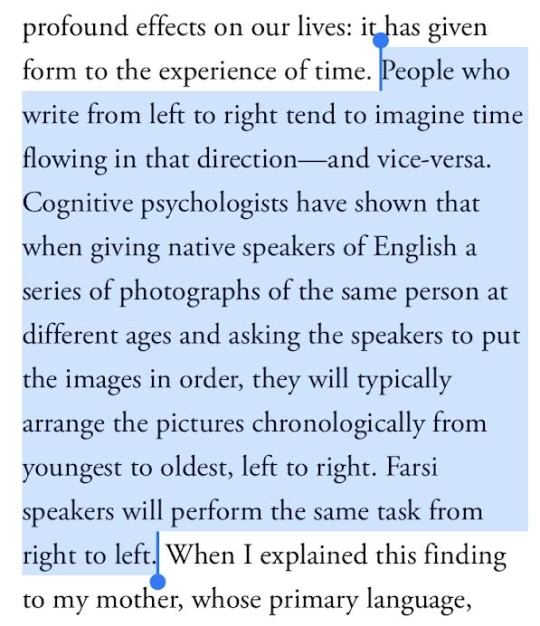
This is also true with filmmakers. Western filmmakers pan their cameras mostly left to right and Iranian filmmakers do right to left.
99K notes
·
View notes
Photo


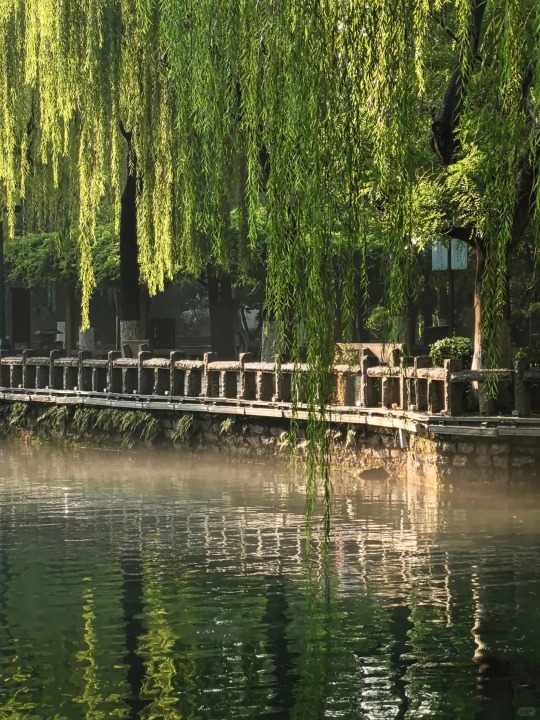

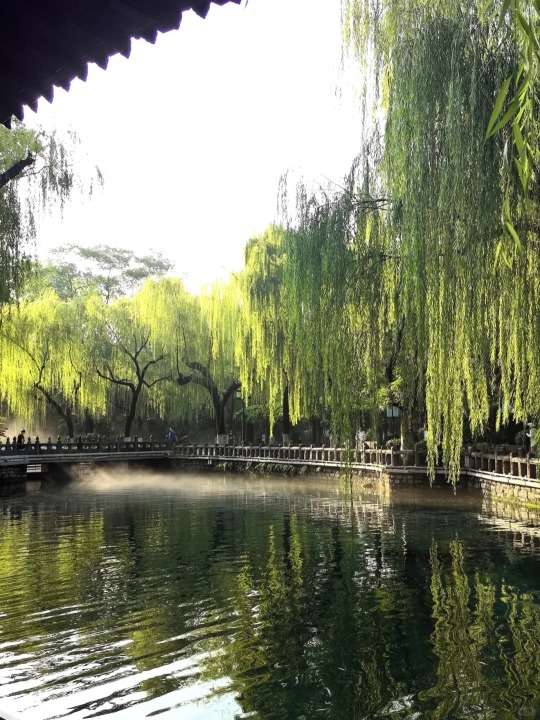





baotuquan趵突泉, jinan济南, shandong province in china by 凡不烦
29K notes
·
View notes
Note
How did Ancient China handle homosexuality? I saw you were discussing polygyny earlier - specifically the surplus of men. Just got me wondering if they were more tolerant of that back then (kind of like samurai Broship And If There’s Sex Well Just Don’t Say It Out Loud, if that’s not some yaoi lover induced fantasy). Did they care about what the Bitches did? Or am I being way too open minded and Ancient China is closer to Puritanical US...?
Oh boy. This is a huge topic, of course, there are many books and papers about it, people who specialize their academic careers in aspects of it, and so this ask can’t help but be cursory and should not be relied upon, as I’m just going to answer off of my recollections and give a broad look. A lot of what follows is over-simplified and prioritizes brief understand over full accuracy. Also, “ancient China” covers a huge swathe of time; the following is focused on the end of the Han, the Three Kingdoms, and the beginning of the Jin.
Tolerance is not one scale but actually many scales, and LGBT+ issues are not one thing but many things. It’s far too easy for people, answering/summarizing broadly for popular consumption on places like Tumblr, to resort to “it was hell” or “it was paradise” when it comes to any kind of historical issue, gay history not excepted.
So I’m going to limit myself to the issues of men having sex with men and women having sex with women.
MSM: Daoism of the era looked down on men having sex with men, not as immoral per se but as unhealthy. The reason for that is that [most] Daoists of the era had particular beliefs about the magical (to be simplistic) powers of sexual intercourse. They believed ejaculation was inherently harmful to men, and could be partially to fully offset by “consuming” the generative magical power of the female pleasure/orgasm. Under this model of sex, male masturbation and male/male sex is harmful, because the ejaculation is wasted with zero return from the female. Even male orgasm with females was considered to be something that should be greatly reduced in later life, or it would shorten one’s lifespan.
Confucianism is passionately concerned with the male-led family unit and the propagation of children. Again, men having sex with men is not necessarily immoral in this era (Neo-Confucianism and so on much, much later had more issues with homosexual acts), but it could not distract any men involved from their vital task of marrying a woman and siring sons on her to continue the family line and perform the ancestral sacrifices.
De facto and de jure, men having sex with men was tolerated, certainly in the broadest sense that it wasn’t in any way illegal or criminalized. Two of the Seven Sages of the Bamboo Grove were famously lovers, and while one of them met a bad end, it was because of his seditious/anti-Sima writing and attitude, not anything to do with his having a male lover.
WSW: Under Daoism, unlike men, women could masturbate and have sex with each other as much as they wanted, because female pleasure and female orgasm were generative. For Confucianism, just like with men, women must marry and must bear children, but they have the specific duty to obey a man (father, husband, or son) at all points of their life. So, if whatever man they have to obey is fine with it, then I guess it would be fine? ¯\_(ツ)_/¯
That said, because women are women, and because women in this particular era of history are not considered worth thinking about, even more so than most eras of Chinese history, there is extremely limited historical records. Women’s lives in this era, and even more so in later eras (which affected what earlier writings were preserved instead of neglected or destroyed) were considered really private and not acceptable to talk about. So there’s a dearth of firm evidence.
Sex and romance between women in the same harem seems to have been fairly common and considered inevitable due to the sexual frustration that would come from being one of many women who had to share the same man. And again, in no way illegal or criminalized.
Soooo that’s the basics I guess. ¯\_(ツ)_/¯ Like I said there is a ton of research into the topic, take the above as a really really really really rough intro, rather than a summary. Oh and happy pride month.
443 notes
·
View notes

